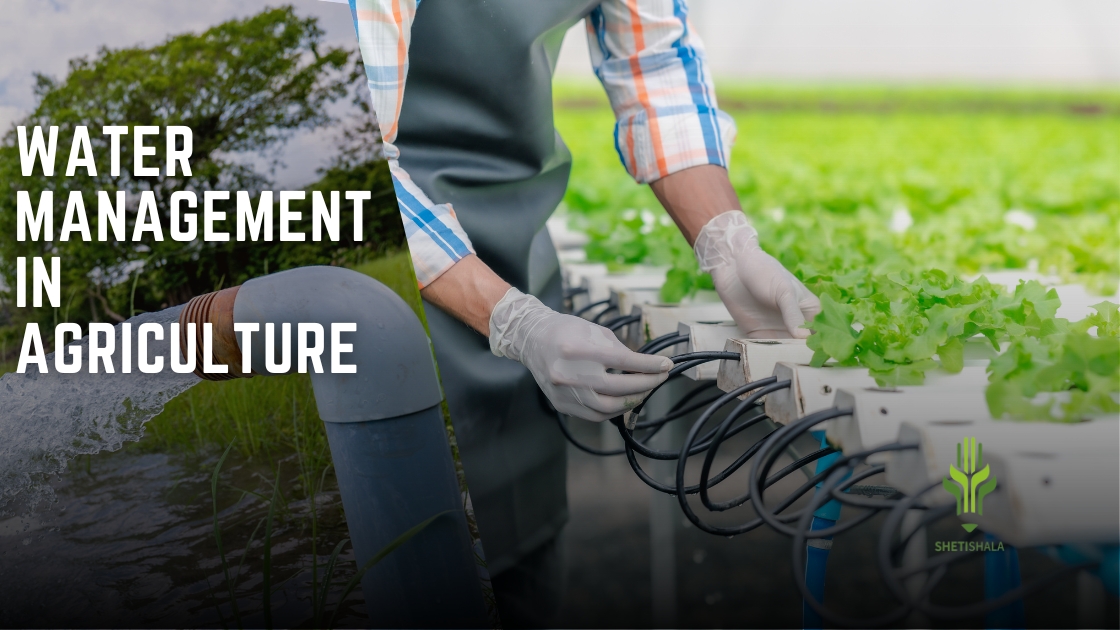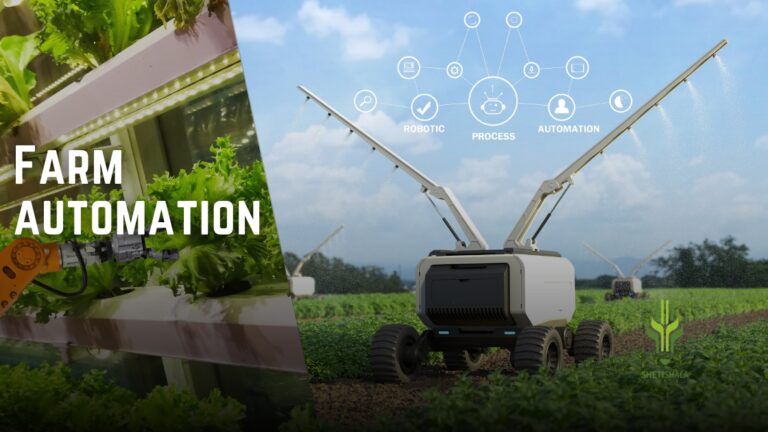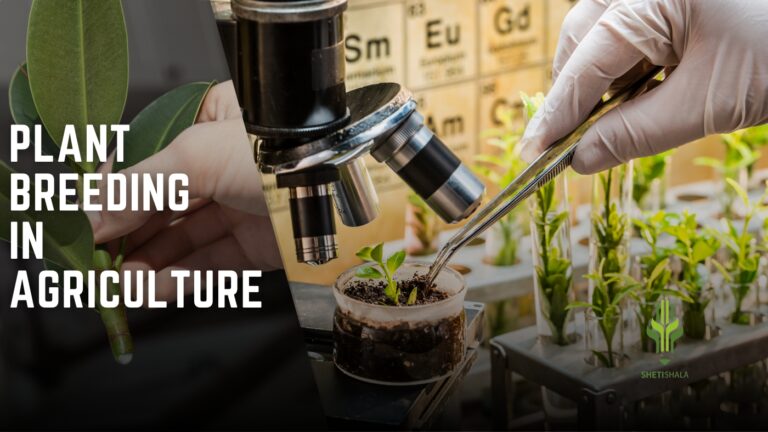What is water management ?
Water management involves the planning, developing, distributing, and managing the optimum use of water resources. This blog written by Swayamdip Telang aims to ensure sustainable and efficient utilization of water in various sectors, including agriculture, industry, domestic use, and environmental conservation.

Methods of Rainwater Harvesting in Agriculture
1 Field Bunding and Contouring:
Creating bunds (embankments) and contour lines along the natural slope of the land to slow down water runoff and encourage water infiltration into the soil.
2 Farm Ponds and Check Dams:
Small reservoirs and barriers that store runoff water, which can be used during dry periods.
3 Micro-Catchment Systems:
Small, strategically placed catchment areas that collect rainwater and direct it to the crops’ root zones.
4 Roof Water Harvesting:
Collecting rainwater from the roofs of farm buildings and storing it in tanks or ponds for later use.
Benefits of Rainwater Harvesting in Agriculture
1 Improved Water Availability:
Provides a reliable water source during dry spells, ensuring crops receive adequate water throughout the growing season.
2 Increased Crop Yields:
Consistent water supply leads to healthier plants and potentially higher crop yields.
3 Reduced Soil Erosion:
Slows down runoff, reducing the risk of soil erosion and nutrient loss.
Efficient irrigation systems
1 Drip Irriga0tion:
This system delivers water directly to the root zone of plants through a network of valves, pipes, tubing, and emitters. It reduces water waste and evaporation.
2 Sprinkler Irrigation:
This system simulates natural rainfall by distributing water through a system of pipes and sprinklers. It’s effective for covering large areas and can be automated for efficiency.
3 Subsurface Drip Irrigation (SDI):
This method involves burying drip lines below the soil surface, providing water directly to the root zone and minimizing evaporation and runoff.
4 Smart Irrigation Systems:
These use sensors, weather data, and automation to optimize watering schedules and amounts, ensuring crops get the right amount of water when needed.
5 Surge Irrigation:
This technique involves the intermittent application of water to furrows, reducing runoff and improving infiltration.
6 Micro-irrigation:
Includes drip and micro-sprinklers that deliver water to the plants in a very localized manner, improving water use efficiency.
Crop selection and rotation of water management
Crop selection and rotation are essential components of effective water management in agriculture. They help optimize water use, improve soil health, and increase crop yields. Here’s how these practices contribute to water management

Crop Selection:
Drought-Tolerant Crops:
Benefits: Require less water and can thrive in. arid conditions.
Examples: Sorghum, millet, cowpeas, and certain varieties of maize and beans.
Deep-Rooted Crops:
Benefits: Can access water from deeper soil layers, reducing the need for frequent irrigation.
Examples: Alfalfa, sunflowers, and certain trees like date palms.
Short-Season Crops:
Benefits: Mature quickly, reducing the overall water required during their growth cycle.
Examples: Radishes, lettuce, and some varieties of beans and peas.
Crop Rotation of water management
Legume Rotation
Benefits: Legumes (such as beans, peas, and lentils) fix nitrogen in the soil, improving fertility and reducing the need for synthetic fertilizers.
Water Management: Improved soil fertility enhances water retention and efficiency.
Cover Crops
Benefits: Planted during off-seasons to protect and enrich the soil.
Water Management: Reduce soil erosion, improve water infiltration, and increase organic matter content.
Diversified Crop Rotation
Benefits: Planting different crops in a sequence to prevent soil depletion and pest buildup.
Water Management: Different crops have varying water needs and root structures, which helps in more efficient use of soil moisture.
Water Management Benefits of Conservation Tillage:–
Reduced Soil Erosion :
By minimizing soil disturbance, conservation tillage helps maintain, the integrity of soil structure and reduces erosion caused by wind and water. This retention of soil structure allows water to infiltrate more effectively into the soil, rather than running off the surface.
Improved Soil Water Retention:
Conservation tillage practices, such as no-till and reduced tillage, leave crop residues on the soil surface. These residues act as a mulch, reducing evaporation and improving water infiltration into the soil. As a result, moisture is preserved in the root zone where crops can access it, reducing the need for frequent irrigation.
Enhanced Soil Organic Matter:
Conservation tillage promotes the accumulation of organic matter in the soil. Organic matter improves soil structure, increases waterholding capacity, and enhances soil fertility. This organic matter acts like a sponge, holding onto water and making it available to plants over a longer period.
Mitigation of Water Runoff:
Compared to conventional tillage, conservation tillage practices reduce surface runoff of water during rain events. This reduction in runoff helps to prevent soil erosion and loss of nutrients, while also ensuring that more water is available for plant uptake.
Sustainable Water Use:
By conserving soil moisture and reducing water losses through evaporation and runoff, conservation tillage practices contribute to more efficient and sustainable water use in agriculture. This is particularly beneficial in regions prone to drought or with limited water resources.
Benefits of Technology in Water Management:
Increased Water Use Efficiency
Technologies like precision irrigation and soil moisture sensors ensure water is applied only when and where it is needed, reducing waste and improving efficiency.
Enhanced Crop Yields
Better water management leads to healthier crops, reducing stress and increasing yields.
Cost Saving
Efficient water use reduces the need for excess water and lowers energy costs associated with pumping and distributing water.
Environmental Sustainability:
Reduces water runoff and soil erosion, conserves water resources, and minimizes the environmental impact of agriculture.
Regulated deficit irrigation (RDI)
is a water management strategy in agriculture where water supply is deliberately reduced during certain growth stages of a crop that are less sensitive to water stress. This technique aims to optimize water use efficiency and improve crop quality without significantly affecting overall yield.

Here’s how it works and its benefits
How Regulated Deficit Irrigation Works:
Understanding Crop Water Requirements:
Different crops have varying water needs at different growth stages. By identifying critical and non-critical growth stages, farmers can determine when water stress will have minimal impact on yield and quality.
Timing and Scheduling:
- During non-critical growth stages (e.g., vegetative growth), irrigation is reduced or withheld to induce mild water stress.
- During critical growth stages (e.g., flowering, fruit set), adequate water is supplied to ensure optimal growth and development.
Monitoring and Adjustments
- Regular monitoring of soil moisture levels, plant stress indicators, and weather conditions is essential to adjust irrigation schedules effectively
- Technologies like soil moisture sensors and weather forecasting tools can aid in precise water management.
Benefits of Regulated Deficit Irrigation
- Water Conservation:
- Enhanced Water Use Efficiency:
- Improved Crop Quality:




